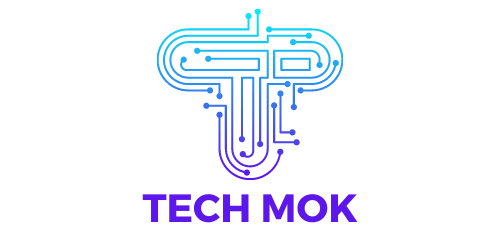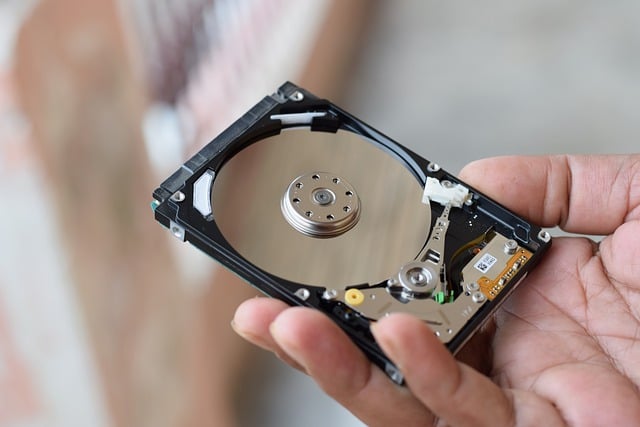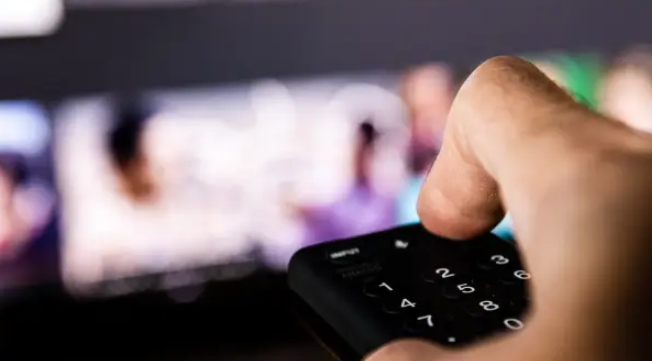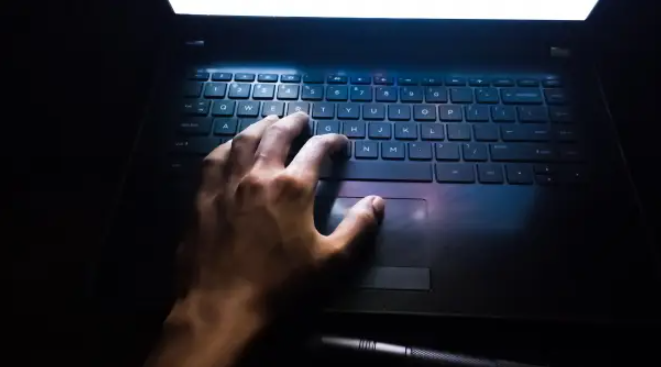Check the hard drive: this is how it’s done
If you have problems with your computer, you should check your hard drive. We’ll show you how to do this.
Every hard drive dies at some point. Strange noises, corrupted files, crashes during booting, and slow transfer speeds may indicate the inevitable end. This is normal – especially if your hard drive is a few years old. But even if your drive isn’t making any strange noises, you should still keep an eye on its condition from time to time. Here’s how to do it.
Check hard drive with CHKDSK
CHKDSK is a utility that checks and fixes problems with your hard drive, including file system errors and bad sectors. It is recommended to run CHKDSK regularly as part of routine maintenance and after abnormal shutdowns to avoid data loss and major problems.
Follow our step-by-step instructions or check out the quick start guide.
1st step:
First, open the command prompt by using the keyboard shortcut (Windows) + (R) press. Then type in the window cmd and press the buttons at the same time (Ctrl) + (Shift) + (Enter), to run Command Prompt as administrator.
Step 2:
Now here you will use the chkdsk command . The command supports a number of optional parameters, but we are mainly concerned with /r . Using just the chkdsk command will scan your drive in read-only mode, reporting errors but not repairing them. If you want chkdsk to try to repair logical file system errors and look for bad sectors during the scan, add the /r option . So the command will look like this:
chkdsk /r C:
Don’t forget to specify the letter of the drive you want to check here – in our example, C:. Just run the command by pressing [Enter].
Step 3:
You will probably be asked to schedule a scan for the next reboot. This is because the drive probably contains files that are in use. Simply press the [Y] key and confirm with [Enter].
Check hard drive with SMART
With the SMART attributes (Seleven- Monitoring, Analysis, and Reporting Technology) are a list of data points that are written to a memory chip on your hard drive. SMART data includes a variety of information, such as error rates, uptime, data written and read, etc. If the value for a particular attribute exceeds the tolerance threshold set by the manufacturer, the drive is considered poor quality, and you should plan for a replacement.
The most important thing to consider when conducting SMART tests for different types of drives is what the tests measure. SMART tests for mechanical hard disk drives (HDDs) include data points for things related to the moving parts of the drive and the effects of motion on them – for example, how many times the drive has spun up, failed to spin up, experienced shock, or experienced sudden stoppage.
The health of SSD drives (including NVMe drives, which also use solid-state storage) focuses almost entirely on read/write data lifespan. Unlike mechanical hard drives, which tend to die from physical wear and tear, SSDs and NVMe drives die from exceeding their terabyte written value (TBW). So the health of your SDD depends almost entirely on how much data has been written to the solid-state storage.
Although SMART is quick and easy, it only tells you whether your hard drive is good or about to die. The CrystalDiskInfo tool provides more detailed insights. Simply open the program immediately after installation and you will immediately see what condition your hard drive is in. Blue for good health, yellow for caution, and red for poor health are the different health indicators. If your drive’s health is good, there’s not much to do except check other stats out of curiosity. If the drive condition is marked Caution, you should back up your data and plan to replace the drive. If the hard drive condition is marked as “Poor”, you should proceed with caution when backing up your data. You can find more information about this in the next section.
What should I do if the hard drive dies?
In the event that the SMART status indicates that you are experiencing an issue or that your solid-state drive (SSD) is in poor condition, this does not necessarily mean that your hard drive will collapse right away. The qualities are measured in accordance with the norms of both the industry and the manufacturer, and they are intended to assist you in identifying failures of hard drives at an earlier stage and preventing the loss of data.
It is imperative that you ensure that you have backup copies of all of your files stored on a different storage device, such as an external hard drive or optical discs from time to time. When it comes to backing up your files, cloud services like OneDrive should also be considered as viable options. Regardless of whether or not you are aware of the SMART condition of your drives, it is always a good idea to back up your data using this method. Drive failure is one of the many problems that can arise at any time and without any prior warning. You are able to learn how to make a backup by reading this:
- Windows 10 allows you to create backups.
- Windows 11 allows you to create backups.
When backing up your data, you should exercise caution if your hard drive has been severely damaged and has obtained a low rating on the SMART test. If you try to back up the entire drive all at once, you should not do it quickly because the rapid inflow of read/write operations can cause the drive to become overwhelmed. In its place, you should prioritize backing up the files that are the most crucial. Your first priority should be to create backups of things like your family photographs and vital documents.
You can clone your current hard drive onto a replacement hard drive once you have backed up vital files to a detachable drive or other media. This will allow you to continue using your hard drive. Even if the disk fails while this operation is being carried out, at least you will have a backup of your crucial files. Now that the process is finished, you have a new drive that contains all of your files and settings, provided that the drive survives long enough to finish the operation. When you have finished backing up your files, you should think about replacing your hard drive or solid-state drive (SSD) and properly disposing of the old drive:
- Replacing the hard drive under Windows
- Dispose of hard drive properly
quick start Guide
- Press the [Windows] + [R] keys, and then type cmd in the new window . Then press [Ctrl] + [Shift] + [Enter] at the same time .
- Now type in the command prompt chkdsk /r C: and carry out the command (Enter) out of. Note that you are at C: the letter for that drive replacement that you want to check.
- If you receive a message saying that CHKDSK cannot be run because the drive is in use, press (J) and confirm with (Enter).
- The review will be done the next time Restart executed. So restart your PC now.
- hard drive is not recognized
- Installing a second hard drive
- Windows: Clean up your hard drive







